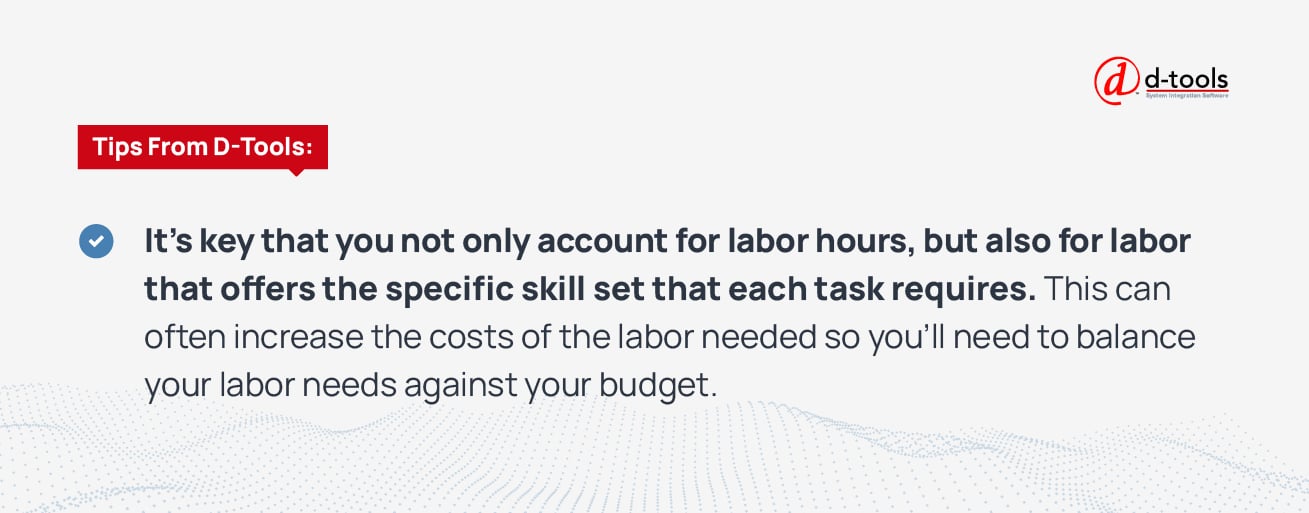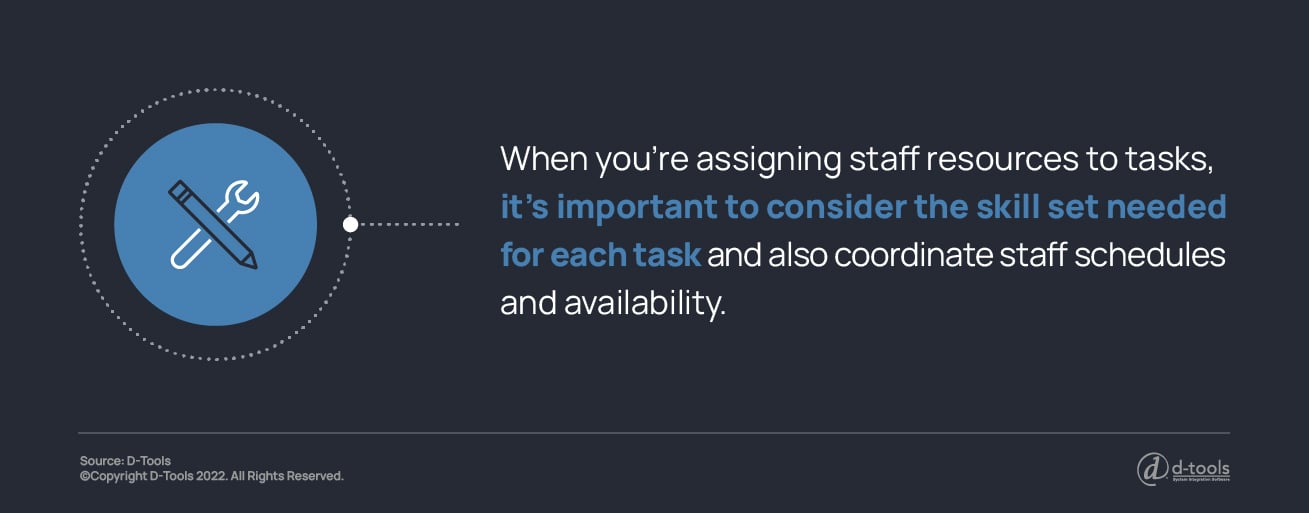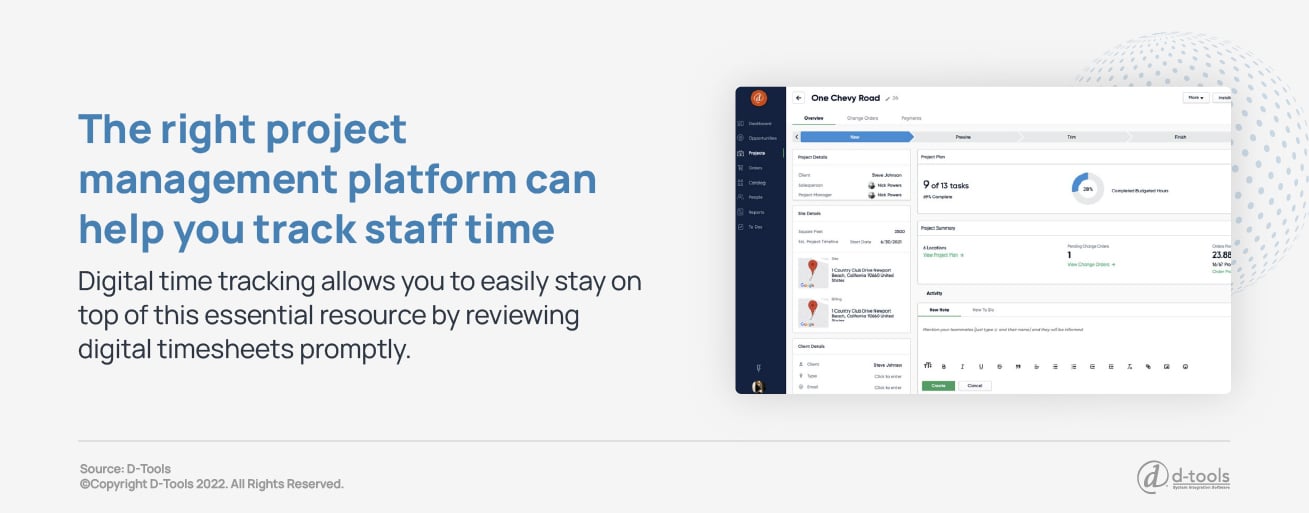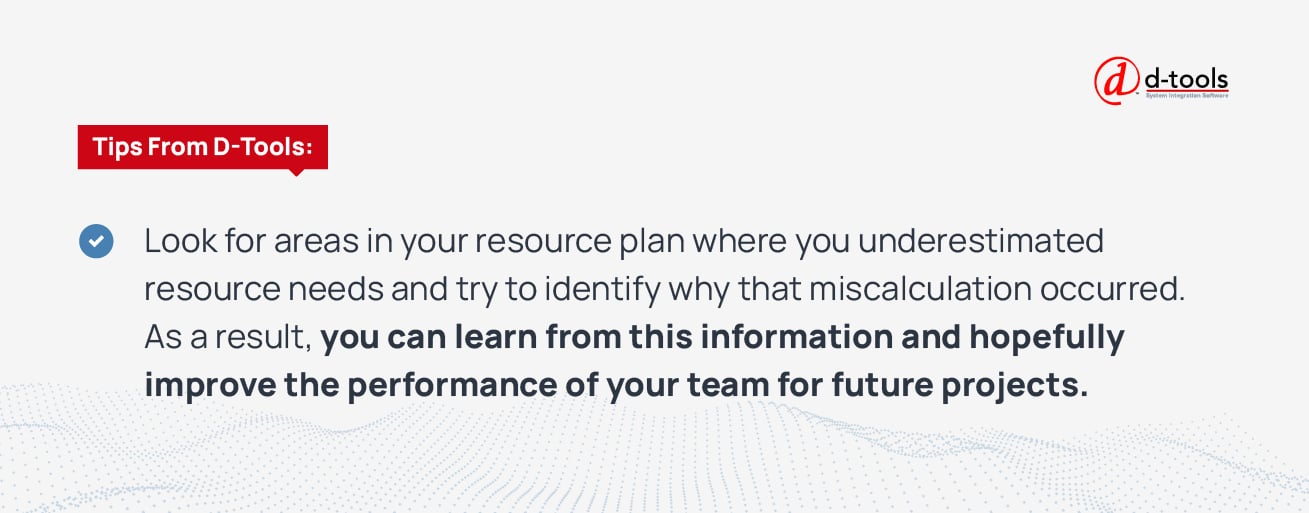The work you do before a project even starts can directly affect that project’s success. Creating a resource plan is an essential step that will help to guide your entire project, and that can keep your project on track. When you know exactly what resources you need and what you have available, you can help keep a project moving forward, avoid missed deadlines, stay under budget, and increase the chance of the project being completed on time.
But it’s easy to overlook the importance of resource planning, or omit some steps and end up with an inaccurate or incomplete plan. Understanding the entire resource planning process can help to keep you on track.
A 9-Step Resource Planning Process
The following steps will guide you through the resource planning process and help you to create a comprehensive, detailed, and accurate plan to guide the rest of your resource management.
Step 1. Estimate the Work and Duration of the Project
Before you can start evaluating the resources you need, you need a clear, defined description of the project and its duration. That description needs to include all of the work involved in completing the project. You may need to hold several meetings with project managers and stakeholders to determine the project’s scope, goals, and deadline.
With a clear understanding of the work that needs to go into the project, you’ll need to break the work down into tasks. Outlining these tasks makes it easier to understand the resources that will be required.
>> Related Read: AV Project Management: What It Is & How to Do It Effectively
Step 2. Determine the Resources Needed
Next, start determining all of the resources that the entire project will require. This is easiest if you work your way through the individual tasks, outlining the resources that each of these more manageable steps will need.
Divide the resources up into types to keep them organized. You will likely work with some or all of these common resource types.
Labor
Labor refers to the people who are essential to a project’s completion. Your labor resources might encompass staff time, but you might also need to account for contractors, advisors, and other professionals.

It’s key that you account for labor hours, and for labor that offers the specific skill set that each task requires. This might involve bringing in professionals or evaluating schedules to make sure that certain key staff within your business are available at particular times. When you’re working with a project that consists of many tasks requiring highly specialized skills, the labor costs are likely to increase. You’ll need to balance your labor needs against your budget.
Materials
Your materials are the elements that become part of the completed project. If your project is the completion of a new building, your materials are the beams, drywall, roofing shingles, and other components that create that building.
Planning for materials can be tricky, since projects often undergo changes that affect the number and even type of materials needed. It’s also essential to order quality materials if you want a quality finished product.
>> Related Read: Inventory Tracking & Management: TRXio Integration for D-Tools Software
Equipment
Your equipment encompasses the machines and tools that you use to complete the project. That equipment might consist of computers, construction tools, and other elements. Your business might own this equipment already, or you might have to budget for purchasing or renting essential equipment.
Facilities
Your project will need to be completed in an appropriate space, and you’ll need to consider the characteristics of the project to determine the facility that’s needed. You might rent or lease a facility, or securing space for your project might be as simple as reserving the boardroom in your office for team meetings.
In addition to identifying the resources needed, you’ll need to start estimating the amount of each resource that the project will require. This can be easier said than done. You can have discussions with project managers and even look at past products to get an idea of previous resource usage.
Step 3. Coordinate Resources with Tasks
Once you’ve outlined the resources you need, start to assign those resources to the individual tasks. It’s important to assign resources and also identify the amounts of each resource to be used during each task.

When you’re assigning staff resources to tasks, it’s important to consider the skill set needed for each task and also coordinate staff schedules and availability. This is where having a detailed project schedule is essential.
Step 4. Acquire Your Resources
You likely won’t have all of the resources that you need at the ready. You’ll need to plan for the time it takes you to acquire those resources.
Staff time tends to be the most challenging and time-consuming resource to acquire. You may need to take an active role in recruiting, interviewing, hiring, and training staff, so you have the work hours needed for each project phase.
Aside from staff time, acquiring resources might involve reaching out to rental companies, identifying and securing an appropriate facility, and ordering materials.
>> Related Read: The Ultimate Guide to Project Management
Step 5. Monitor Project Progress
As the project begins and progresses, your resource plan will be put into use, but you’ll also need to continue to update that plan. It’s important to monitor the project’s progress, including any delays that might affect its schedule and require you to reassign some resources, especially in terms of staff time.
Project management software can make monitoring the project easier and more accurate. With the right software, you can track every step of the project, see any missed deadlines, and use multiple views to evaluate progress.
Step 6. Monitor Resource Utilization
In addition to monitoring the progress, you’ll also need to track resource utilization. This is also much easier with quality project management software.

One of the trickiest resources to track is staff time. Project management software that offers digital time tracking means you can easily stay on top of this essential resource. You can review digital timesheets promptly, meaning you’ll have the most recent data and can quickly identify time usage issues before they become large problems.
The software can also help you track other resources, including materials and equipment. Digital resource tracking lets you keep a record of which resources have been used and which are still available. You’ll be working with up-to-date figures, so you can more accurately evaluate whether your utilization is on-track with project progress, or whether you need to make some adjustments.
Software also plays an important role in keeping the project on budget. Digital finance records mean you can monitor your budget and know exactly what you have left to spend on resources. Since the records are digitized, you can avoid unnecessary mistakes and human errors that can spell trouble for your project later on.
>> Related Read: How to Choose a Cloud-Based Purchase Order System
Step 7. Adjust Your Resource Plan as Needed
As you monitor the project progress and resource utilization, chances are you’ll need to adjust your resource plan. You may also encounter obstacles and delays that alter the needed resources t, or when they’re needed.
Changing the plan is to be expected, and it’s a part of resource plan creation and usage. The plan acts as a guide, but when the project starts to change, you’ll need to change the plan, too.
You’ll be better prepared to make those changes if you’ve been actively monitoring your resource usage and you know exactly what resources you have left. Often, these changes are time-sensitive, and delays in resource allocation can spell delays in tasks and even project phases. When you have tasks and phases dependent on earlier ones, even small delays can cause a project to go beyond its deadline.
It can be helpful to establish a communication plan that ensures you’re alerted of these changes and that you can convey information about the resource changes to the right people. You might conduct this communication through your project management software, or you might establish in-house procedures to help guide these types of updates.
Step 8. Analyze the Project’s Success
Once your project is completed, it provides important information that you can use for future resource planning. Spend time analyzing the project’s success and have discussions with team members about the resource availability throughout the project. Ask about any instances where team members felt that resources weren’t accurate, or where additional resources could have contributed to a better result.

Be sure to also review your resource plan, particularly how it started, how it had to be changed, and how the project concluded. Look for areas where you underestimated resource needs and try to identify why that miscalculation occurred. You can learn from this information and hopefully improve the performance of your team for future projects, as a result.
Step 9. Use the Right Project Management Software
Starting with the right project management software can make it easier to resource plan, and it can also increase the chances of your project’s success. Your software plays a key role in your ability to track resources, monitor project progress, schedule staff time, and more.
D-Tools Cloud and System Integrator are more than just platforms for sales teams. Both software solutions now feature new project planning tools, including resource management, scheduling, task assignments, time tracking, and more. You can use either platform for project management and resource planning, and your whole project team can use either platform for increased collaboration.
>> Find Out Which D-Tools Software Solution Is Right for You






